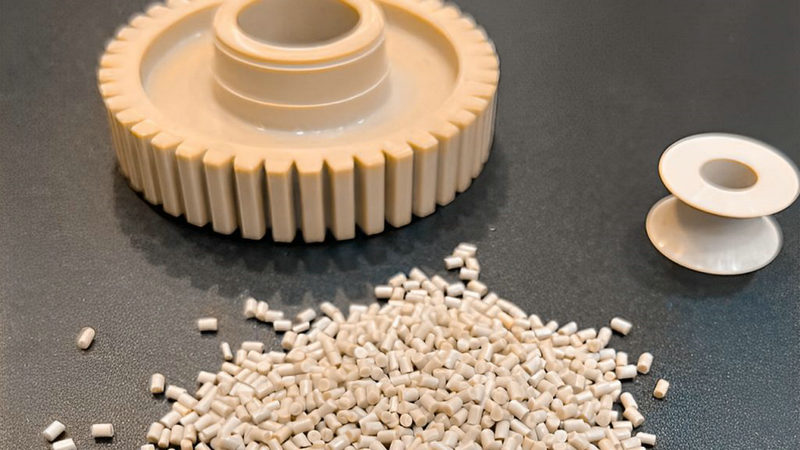
In today's era of rapid technological advancement, the development and application of new materials are surging, driving human civilization forward. As an engineering plastic with excellent properties, Polyether Ether Ketone (PEEK) demonstrates significant application potential across numerous industries due to its unique physical and chemical properties. However, to process PEEK into a wide range of shapes and sizes, the injection molding process is an indispensable step. This article delves into a comprehensive analysis and optimization strategies for the injection molding of PEEK material, aiming to provide readers with a clear and in-depth perspective on PEEK injection molding.
First, it is essential to understand the basic characteristics of PEEK. PEEK is a semi-crystalline, thermoplastic polymer, composed of repeating benzene rings and ketone groups. This unique molecular structure endows PEEK with excellent mechanical strength, heat resistance, and chemical resistance. However, these outstanding properties also pose challenges to the injection molding process. For example, PEEK's high melting point and high viscosity require higher temperatures and pressures during injection molding. Additionally, its crystallinity may lead to issues such as shrinkage and deformation in molded products.
To accommodate the characteristics of PEEK, suitable injection molding parameters need to be established. Injection temperature is a key factor influencing PEEK molding quality. Given its high melting point, PEEK generally requires high temperatures for injection. However, excessive temperatures may cause PEEK to decompose or result in bubble defects, while insufficient temperatures may prevent PEEK from melting completely, leaving unmelted particles inside the product. Therefore, the appropriate injection temperature should be selected according to the specific grade of PEEK and the requirements of the product.
In addition to injection temperature, injection pressure and speed also significantly impact the quality of PEEK injection molding. Due to PEEK's high viscosity, higher pressure is typically needed to ensure complete mold filling. However, too much pressure may cause mold wear or internal stresses in the product, while too little pressure may lead to defects like short shots or shrinkage. Thus, injection pressure should be chosen based on product shape, size, and mold structure. Additionally, injection speed should be controlled to avoid issues like jetting marks or bubble defects.
During the injection process, attention should also be given to mold design and cooling system selection. The mold should be designed to ensure smooth demolding without causing deformation or shrinkage defects. Furthermore, the cooling system should consider PEEK's crystallinity and heat sensitivity to prevent excessive internal stress or deformation during cooling.
To enhance the quality of PEEK molded products, several optimization strategies can be employed. For instance, multi-stage injection molding can help control shrinkage and deformation, adjusting mold temperature and injection speed can improve surface quality and internal structure, and annealing treatment can eliminate internal stresses and enhance mechanical properties.
The injection molding process for PEEK is complex and precise, requiring a deep understanding of PEEK's characteristics and the establishment of suitable molding parameters. Through rational mold design, cooling system selection, and the implementation of optimization strategies, high-quality PEEK products with excellent performance can be produced, contributing to collective human progress and development.